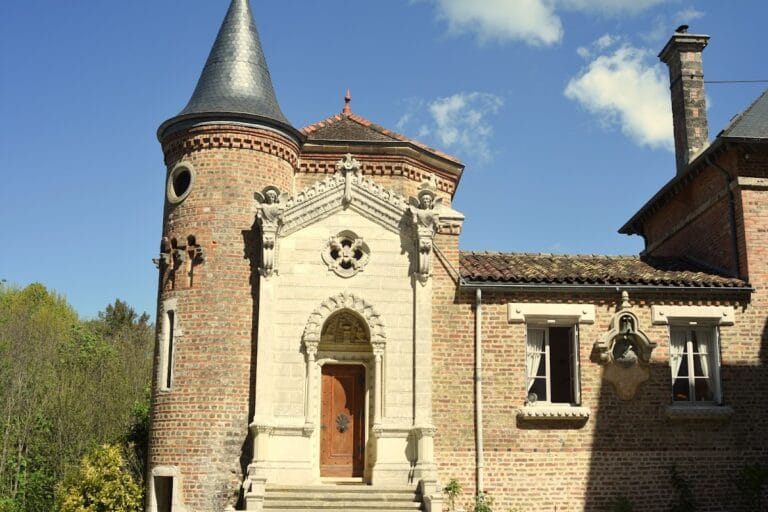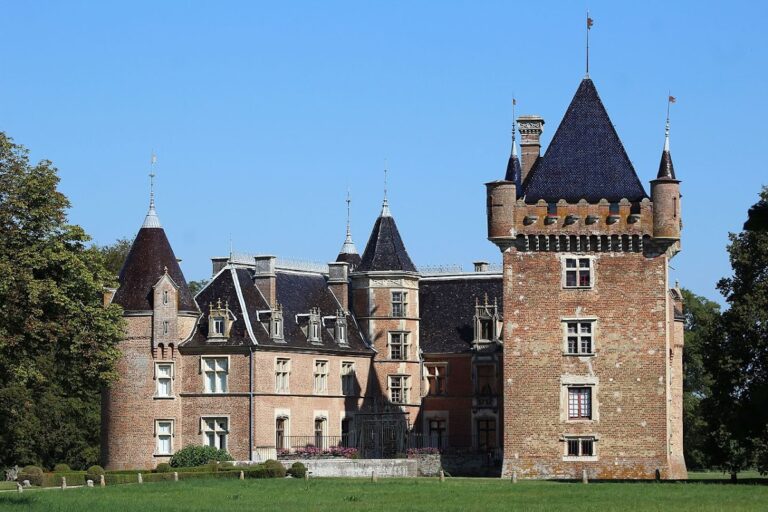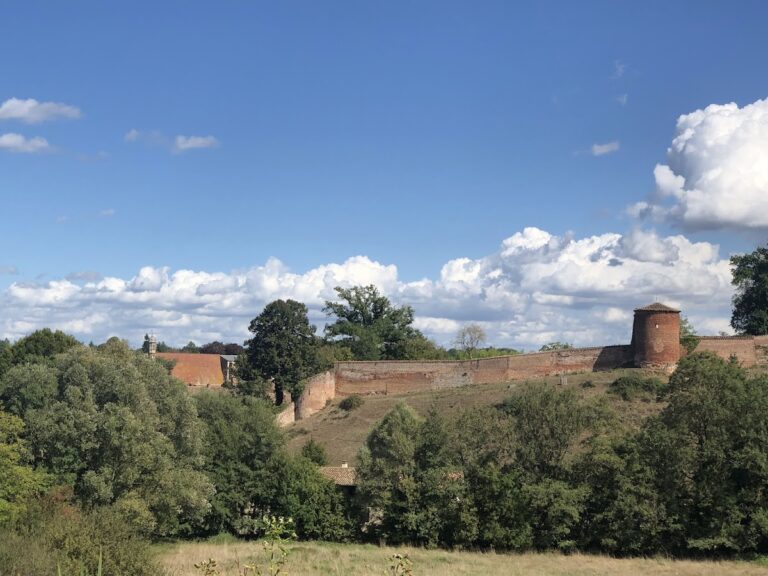Château de Saix: A Medieval Fortress in Péronnas, France
Visitor Information
Google Rating: 4.7
Popularity: Very Low
Country: France
Civilization: Unclassified
Site type: Military
Remains: Castle
History
The Château de Saix is a medieval fortress located in the municipality of Péronnas, France, originally constructed by the local nobility of the region in the 13th century. It served as the administrative and residential center of the seigneurie, or lordship, of Saix, playing a key role in the governance of the surrounding lands.
The earliest recorded lords of Saix belonged to the noble family sharing the same name, with documented figures dating back to around the late 11th and early 12th centuries. Among these were Hugues du Saix near the end of the 11th century, followed by Isambard close to 1095, Guy in 1115, Hugues II spanning from the mid-12th century until 1180, and Gui II by the late 12th century. These early members held local authority and maintained the family’s hold over the estate.
Ownership of the château transitioned over time through inheritance and marriage alliances. In the mid-15th century, Jeanne du Saix married Jacques de Chalant, bringing the property into the Chalant family lineage. This family retained control until the mid-16th century, when the château was sold in 1551 to Philippe de Poges, also known by the name du Poyet. Upon his death, Philippe left the estate to his wife, Angèle de Momio, and later it passed to Pierre de Poges in 1587.
A lengthy legal dispute eventually led to the property transferring to Marguerite du Pré, who was married to Abel de Loras. Their son, Ennemond de Loras, inherited the château, and his descendants controlled the estate through at least the time of the Estates General convening at the end of the 18th century. Initially, the lords of Saix held only limited judicial power over their lands. However, in the late 15th century, Philippe II of Savoy raised their jurisdictional rights, granting high justice authority by formal letters dated August 20, 1483, and December 27, 1487.
The De Loras family continued to own the château until the middle of the 19th century, when ownership passed to the Chambaud family. Recognizing its historical importance, the Château de Saix was officially designated as a historic monument on June 9, 1987, ensuring its preservation as part of France’s cultural heritage.
Remains
The remnants of the Château de Saix primarily reflect architectural developments from the 14th and 15th centuries, showing phases of modification and enlargement that followed its original 13th-century construction. The visible ruins offer insight into the medieval fortress’s structure, though precise details of the layout and dimensions remain unrecorded.
Constructed chiefly from the materials typical of medieval fortifications in the region, the surviving portions suggest a robust defensive design, consistent with a building intended to serve both residential and protective functions typical of a seigneurial stronghold. The stonework and masonry likely underscore the efforts to adapt and strengthen the château over two centuries, reflecting the changing needs and status of its owners.
Situated roughly three kilometers southeast of the town center of Péronnas along a departmental road, the château’s location highlights its strategic placement within the local landscape. While photographic records of the site exist, the textual source focuses on the physical remains themselves, which stand as testimony to the layered history of the fortress.
Today, the ruins persist as a fragmentary yet valuable archaeological record. They bear silent witness to the château’s medieval past and the succession of noble families that managed the estate. Through its endurance and formal recognition, the Château de Saix remains a significant landmark embodying centuries of regional history.







